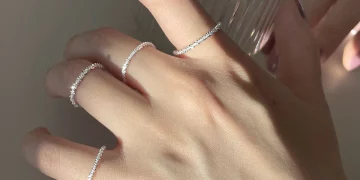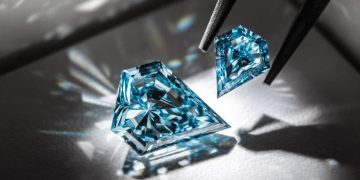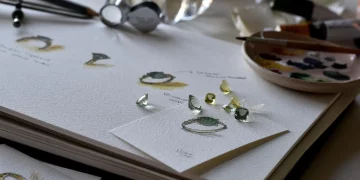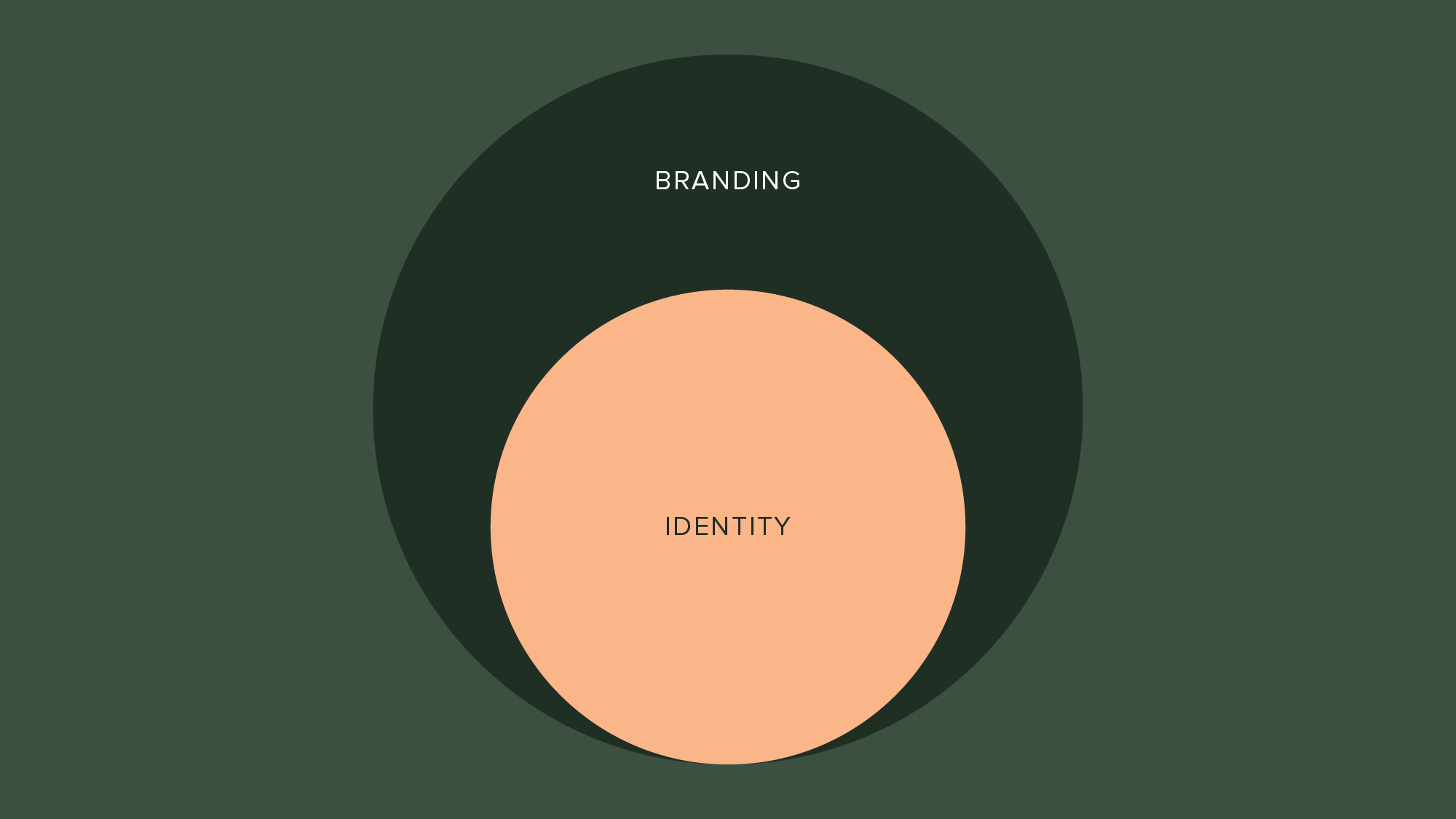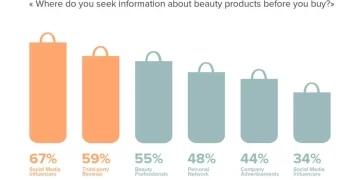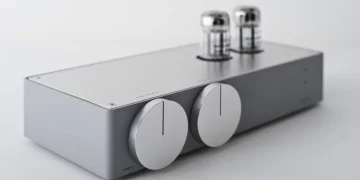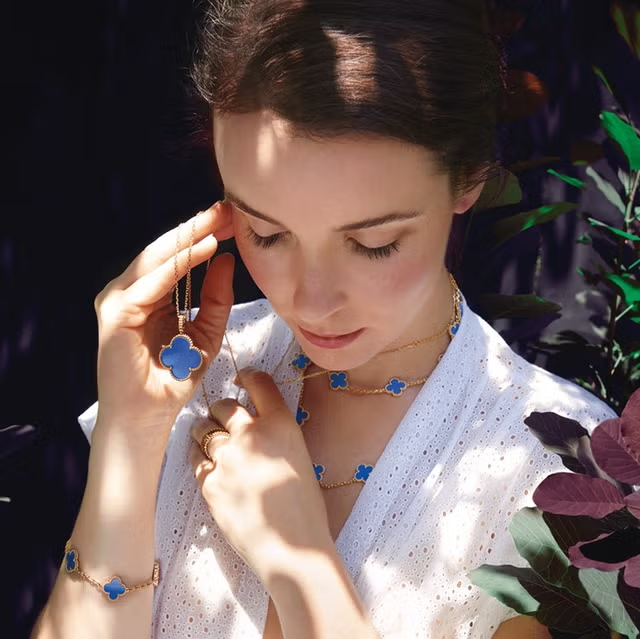In the ever-evolving world of fashion, jewelry has long been regarded as a symbol of luxury, status, and personal style. However, in recent years, technological advancements have begun to push the boundaries of traditional jewelry design. From the integration of cutting-edge materials to the rise of wearable technology, the jewelry industry is experiencing a wave of innovation that is shaping the future of design and consumer experience. Smart jewelry, in particular, is one of the most exciting developments in the industry, merging functionality with aesthetics in a way that was previously unthinkable. But what role is technology playing in the evolution of jewelry, and where is smart jewelry headed in the future?
1. The Role of Technology in Modern Jewelry Design
Technology has made a significant impact on nearly every industry, and jewelry design is no exception. Today’s jewelers have access to advanced tools and techniques that allow them to push the limits of creativity, precision, and functionality. Some of the key technological advancements driving innovation in jewelry design include:
3D Printing and CAD Technology
One of the most revolutionary technologies in the jewelry industry is 3D printing, which allows designers to create intricate, highly detailed pieces with a level of precision that was previously unattainable. Jewelry designers now use computer-aided design (CAD) software to create digital models of their designs, which can then be brought to life using 3D printers. This has drastically shortened the design-to-production timeline and allowed for a greater level of customization and experimentation.
With 3D printing, designers can experiment with unconventional shapes, structures, and materials that would be difficult or impossible to create using traditional manufacturing methods. The ability to create highly intricate, one-of-a-kind designs has also opened the door for personalization, allowing consumers to own bespoke pieces of jewelry that reflect their individual style.
Laser Cutting and Engraving
Laser cutting and engraving technologies have also revolutionized the jewelry industry. These techniques provide incredible precision and allow for highly detailed designs to be etched into or cut from metals, gemstones, and other materials. Laser technology is often used to create intricate patterns, logos, or messages on jewelry, giving customers the option to add personal touches to their pieces. It has become particularly popular for engraving names, dates, or symbols on rings, necklaces, and bracelets.
Laser cutting is also used to craft complex metalwork that would be too time-consuming or costly to produce by hand. It allows for the creation of delicate, detailed designs with clean edges, making it an essential tool for modern jewelry design.
Advanced Gemstone Technology
Technology has also improved the way gemstones are cut, shaped, and analyzed. Tools like laser scanners allow gemologists to analyze the quality and authenticity of stones with greater accuracy. Additionally, synthetic diamonds and lab-grown gemstones have emerged as viable alternatives to traditionally mined stones, with technology playing a critical role in their production. These advancements have allowed for the creation of gemstones that are virtually indistinguishable from natural stones, but at a more sustainable and ethical cost.
Moreover, advancements in gemstone coating and treatment technology have enabled jewelers to enhance the color and clarity of gemstones, giving them a more vibrant and flawless appearance. Technology has also facilitated better ways to cut stones to maximize their brilliance and fire, resulting in more beautiful, precise gemstones.
2. The Rise of Smart Jewelry: A New Era of Wearable Tech
The future of jewelry design lies at the intersection of fashion and technology. The rise of smart jewelry—jewelry that integrates technology to serve a functional purpose—has opened up new possibilities for consumers who want more than just an aesthetically pleasing piece. Smart jewelry includes rings, bracelets, necklaces, and watches that feature embedded technology to provide various functions, from health tracking to notifications.
Health and Fitness Monitoring
One of the key areas where smart jewelry is making an impact is in health and fitness monitoring. Brands like Oura and Fitbit have integrated wearable technology into rings and bracelets that track important metrics such as heart rate, steps taken, calories burned, and even sleep patterns. These pieces of jewelry offer a seamless way for users to monitor their health without the need for bulky fitness trackers or watches.
For example, the Oura Ring is a smart ring that tracks sleep, activity, and overall wellness, giving users insights into their daily habits and helping them optimize their health. The ring is designed to look sleek and stylish, making it an attractive option for those who want to wear a piece of tech that blends seamlessly with their personal style.
Notifications and Connectivity
Another key aspect of smart jewelry is its ability to provide notifications and connectivity features. Wearable tech brands like Bellabeat and Ringly have developed rings and bracelets that vibrate to notify the wearer of important calls, messages, or app alerts. These pieces of jewelry often sync with smartphones and other devices, offering users a discreet and fashionable way to stay connected while keeping their hands free.
Smart jewelry can also integrate with other devices, such as smart home systems or fitness trackers, to provide a fully connected experience. For example, Tikker, a smart watch designed to track the wearer’s health, can sync with apps and even notify users of important health data in real time.
Fashion-Forward Technology
While functionality is important, smart jewelry designers also understand that aesthetics matter. The jewelry industry is known for its luxurious designs, and smart jewelry brands are working to ensure that their products are both beautiful and functional. Today’s smart jewelry designs are sleek, minimalist, and customizable, allowing users to express their personal style while benefiting from advanced technological features.
For instance, the Misfit Shine is a fitness tracker that doubles as a pendant, offering an elegant, subtle design that doesn’t scream “technology.” It can be worn as a necklace or bracelet and is water-resistant, making it suitable for both everyday wear and special occasions. These pieces combine modern technology with timeless jewelry aesthetics, ensuring that wearers don’t have to sacrifice style for function.
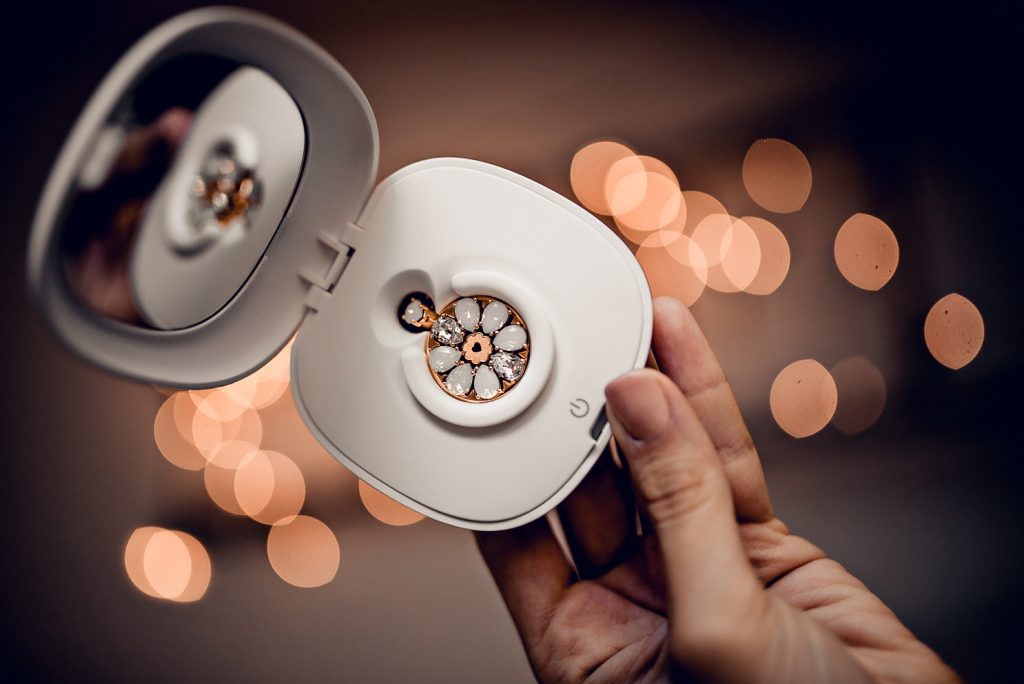
3. The Future of Smart Jewelry: What’s Next?
As the demand for wearable tech continues to grow, the future of smart jewelry is incredibly exciting. Innovations in technology are opening up new possibilities for both design and functionality, and the jewelry industry is poised to embrace these changes. Here are a few trends and advancements that are likely to shape the future of smart jewelry:
1. More Advanced Health Tracking Features
In the future, smart jewelry will likely incorporate even more advanced health-tracking features. Beyond basic metrics like heart rate and step counting, future smart jewelry pieces could monitor things like blood glucose levels, stress levels, hydration, and even blood oxygen levels. For example, WHOOP, a fitness tracker brand, has already integrated advanced metrics for elite athletes, and we can expect similar innovations in the consumer jewelry market.
Smart jewelry may also offer personalized health recommendations based on the data it collects, helping users optimize their overall well-being with data-driven insights.
2. Augmented Reality and Smart Jewelry
Augmented reality (AR) is another technology that could influence the future of smart jewelry. Imagine wearing a ring or pendant that can project virtual images or holograms when paired with an AR-enabled smartphone or device. This technology could allow users to experience interactive features, such as visualizing different jewelry designs or even using the jewelry as a virtual interface for controlling smart home devices.
The integration of AR could make smart jewelry more interactive and versatile, allowing wearers to engage with their jewelry in new and exciting ways.
3. Sustainable and Eco-Friendly Smart Jewelry
Sustainability is becoming an important consideration for consumers, and the jewelry industry is responding by prioritizing eco-friendly materials and ethical sourcing. In the future, we may see more smart jewelry made from recycled or sustainable materials, as well as designs that are built to last longer, reducing the environmental impact of the tech industry.
For example, smart jewelry manufacturers might focus on using biodegradable or recyclable materials in the construction of their pieces, aligning the jewelry’s functionality with the growing consumer demand for environmentally responsible products.
Conclusion: The Future of Jewelry is Tech-Infused
As technology continues to evolve, the jewelry industry is embracing innovation in ways that were once unimaginable. From the integration of 3D printing and laser technology to the rise of smart jewelry, the future of jewelry design is exciting, dynamic, and increasingly functional. Smart jewelry, which combines style with technology, is one of the most exciting advancements, offering consumers the opportunity to wear pieces that do much more than just look good.
Looking ahead, smart jewelry will continue to evolve, offering more advanced features, better aesthetics, and a deeper integration into our daily lives. Whether it’s tracking our health, keeping us connected, or offering innovative new ways to interact with our world, smart jewelry is poised to revolutionize how we think about luxury, style, and technology.

